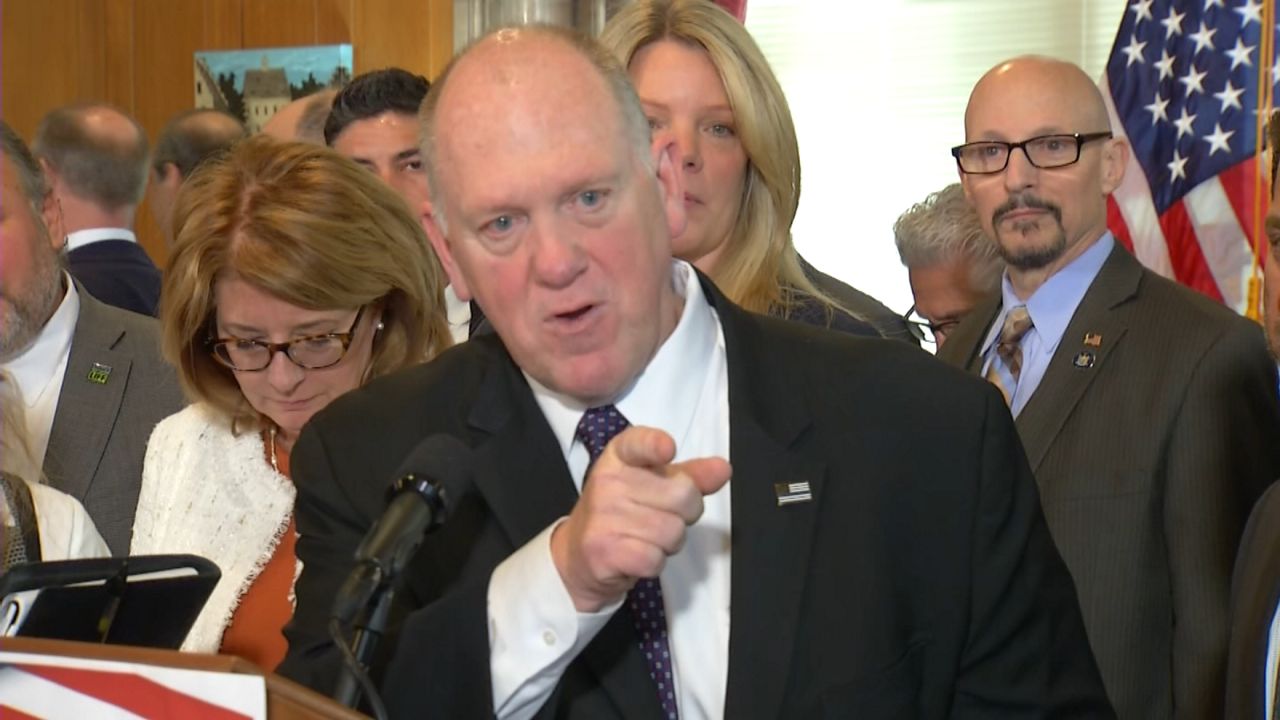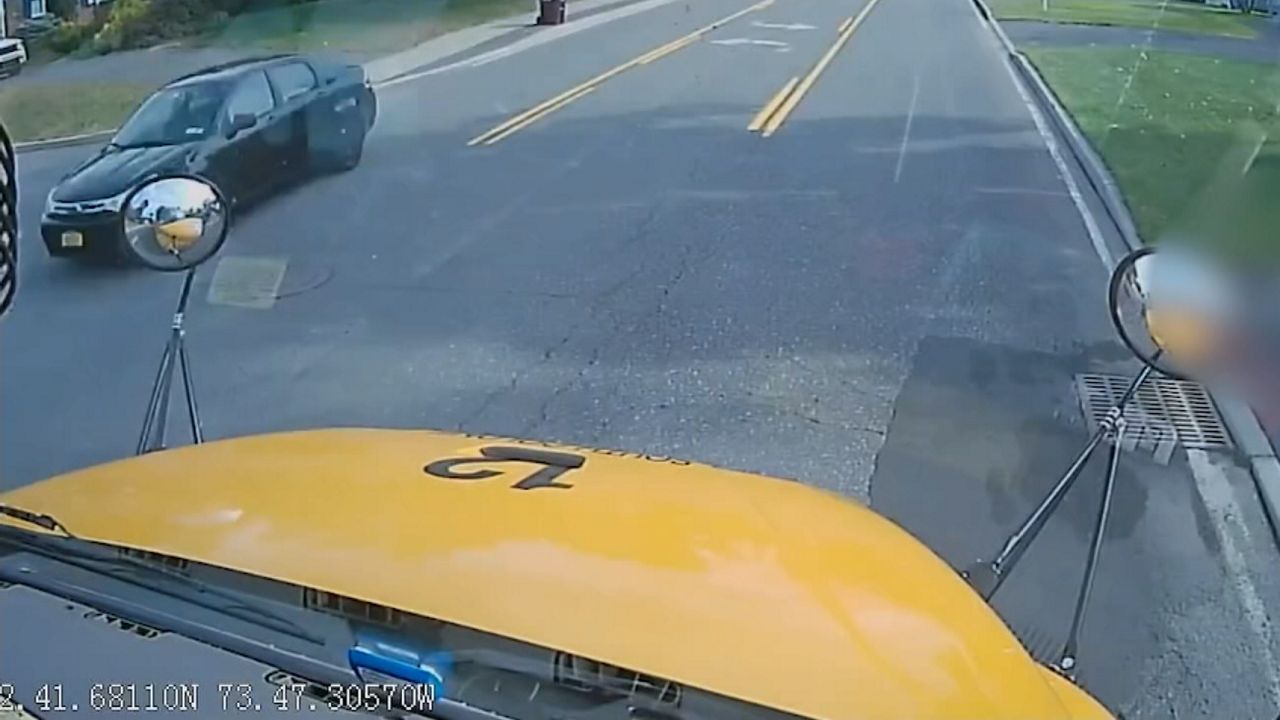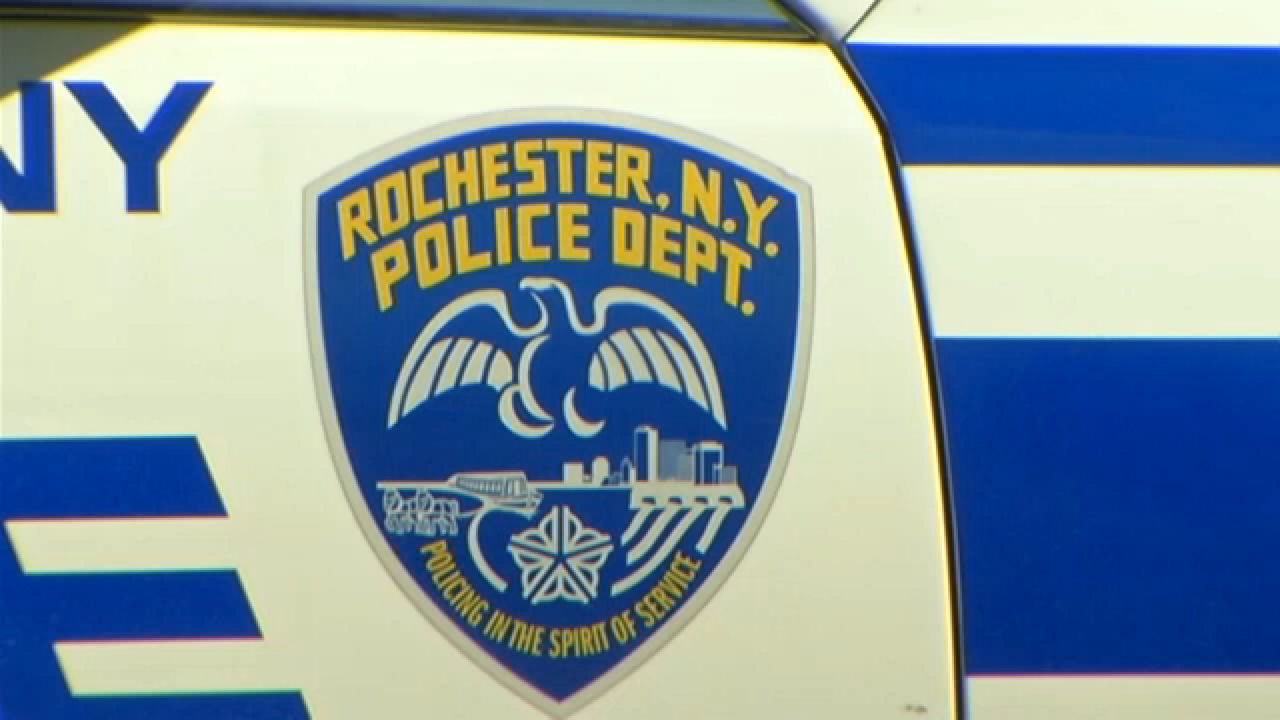Across New York state, officers have been challenged with maintaining safe roads as dirt bikes, four-wheelers and other illegal off-roaders take to the streets during the summer months. However, the Irondequoit Police Department tackled the season a little differently this year.
"We have two [Polaris Razors ATVs], and these are what we’ve been using to combat illegal dirt bike and ATV usage in town," Irondequoit Police Chief Scott Peters said.
What You Need To Know
- This year, the Irondequoit Police Department purchased two new ATVs to fight illegal off-roaders
- Being marked and licensed and trained in how to use them properly makes the police department's ATVs legal
- Officers are trained for a week at a time every few months to operate the ATVs safely
- Irondequoit changed their chase policy in order to allow their officers to be able to use their judgment and the training they've been given
This year, the department used funding to replace their ATVs with new ones in order to put the officers in the same wheels as illegal ATV drivers.
"They’re fully labeled as police vehicles so we are exempt from some of the laws that normally would have to deal with. We also want people to know that this is a police vehicle that’s actually stopping them and not just somebody, you know, driving down the road," Peters said, further explaining that being marked and licensed vehicles and knowing how to operate them safely makes them legal.
Officers are trained for at least a week at a time every few months in order to become certified to operate them.
The department’s ATVs are for business only, however, some pleasure comes along for the ride occasionally.
"I get paid to do this. It’s awesome," Peters laughed.
The duty may seem fun at times, but Peters explained it’s a responsibility the department takes seriously. He says it takes a lot of judgement calls in the field to be able to use efficiently.
"We adjusted our policy and gave the officers the option to actually start a pursuit, see if we gain compliance by starting before officers weren’t even able to turn on their lights. So with us to be able to do that, gives the officers the tools to be able to do the job we sent officers to so much training for," Peters explained. "When they can use deadly force and usually a shooting occurs within half a second. You know, they have to make that whole decision process in such a small amount of time. Chase policy, you know, you got a lot more time to actually, you know, make that decision."
Oftentimes, those decisions come down to risk versus reward. For example, is the crime worth the chase? How many bystanders are around? Peters explains that time of day plays a big factor in the judgment calls.
"Chasing somebody at two in the afternoon is different than two in the morning," he said.
Peters prepares his team with the training and skills they need so that, when the opportunity comes, they can use it in order to keep the community and officers safe.
As the summer nears an end, Peters says so far, the strategy has worked.
"Ever since we’ve changed our chase policy and since we’ve actually put these in use, we haven’t had one large group of ATVs and dirt bikes come," he explained. "If we’re preventing people from actually driving through the town and actually terrorizing people and we’re not chasing them in a full size SUV, and actually in something that they’re actually on, right there, I think visually the impact is a lot better than, you know?"










